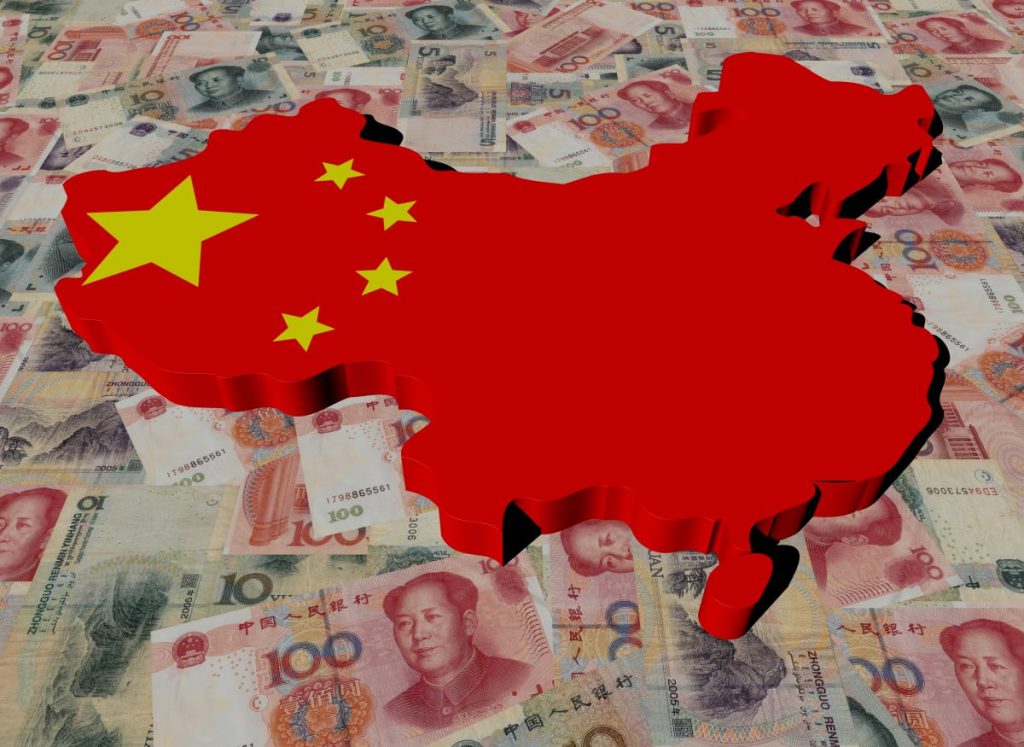
China’s 5% Economic Growth Target: A Path Through Challenges
Quick Look
- China’s state planner expresses confidence in achieving a 5% economic growth target.
- The goal was announced amid concerns over the economic model and the need for policy adjustments.
- Manufacturing activity declines, yet there’s a plan to boost consumer goods and equipment upgrades.
China’s commitment to a 5% economic growth rate this year, as announced by the head of the state planner, Zheng Shanjie, showcases a strong stance amid significant challenges. Despite analysts calling the target ambitious, Zheng’s assurance during a briefing with top economic officials highlights a determined effort towards recovery. Premier Li Qiang’s setting of the growth goal, amidst efforts to revamp the country’s development model, sets an ambitious benchmark. This effort aims to address the ongoing property crisis, mounting local government debts, and lacklustre consumer demand.
China’s Bold 5 Trillion Yuan Economic Revival Plan
China plans to ramp up economic policy adjustments to reach this growth target. The country’s recovery post-COVID has been tepid, prompting concerns over the viability of its investment-driven economic model. With manufacturing activity shrinking and trade slowing, effective government action is necessary. China’s recent endorsement of a strategy to boost consumer goods and promote large-scale equipment upgrades marks a strategic shift. This initiative, expected to generate over 5 trillion yuan in annual demand, represents an active effort to rejuvenate the economy.
China’s Pivot: From Investment to Consumer Growth
Balancing the goal of transforming China’s economic model with the aim of steady growth presents a complex challenge. Specifically, the ambition to move away from an investment-centric approach may conflict with the objective of consistent growth. Additionally, the diminishing manufacturing sector and modest expectations for trade growth further complicate this landscape. Moreover, the property crisis and the escalation of local government debts, which have intensified since the global financial crisis, underscore the urgent need for innovative policy solutions. Consequently, prioritising consumer goods and equipment upgrades could be crucial in this economic transformation.
China’s economic situation stands at a pivotal juncture. Importantly, the government aims to steer the world’s second-largest economy towards sustainable growth through strategic policy adjustments and a clear vision. To achieve the 5% growth target amid these challenges, a sophisticated blend of stimulus measures and modifications to the economic model will be essential. Thus, as China embarks on this ambitious journey, the global community observes with keen interest.


